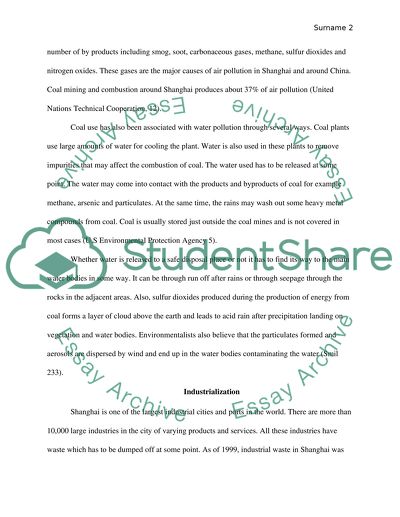Cite this document
(“Water and Air Pollution in Shanghai China Article”, n.d.)
Retrieved from https://studentshare.org/geography/1492716-water-and-air-pollution-in-shanghai-china
Retrieved from https://studentshare.org/geography/1492716-water-and-air-pollution-in-shanghai-china
(Water and Air Pollution in Shanghai China Article)
https://studentshare.org/geography/1492716-water-and-air-pollution-in-shanghai-china.
https://studentshare.org/geography/1492716-water-and-air-pollution-in-shanghai-china.
“Water and Air Pollution in Shanghai China Article”, n.d. https://studentshare.org/geography/1492716-water-and-air-pollution-in-shanghai-china.


